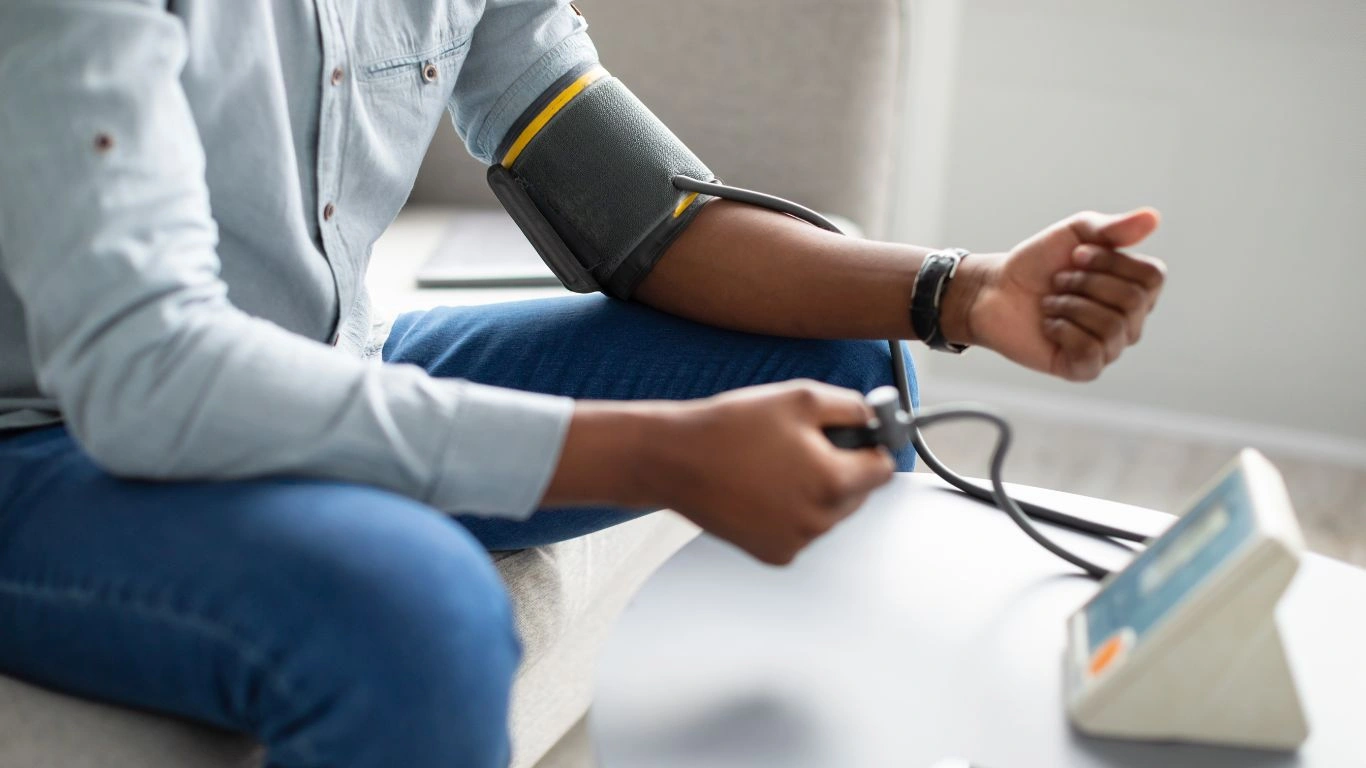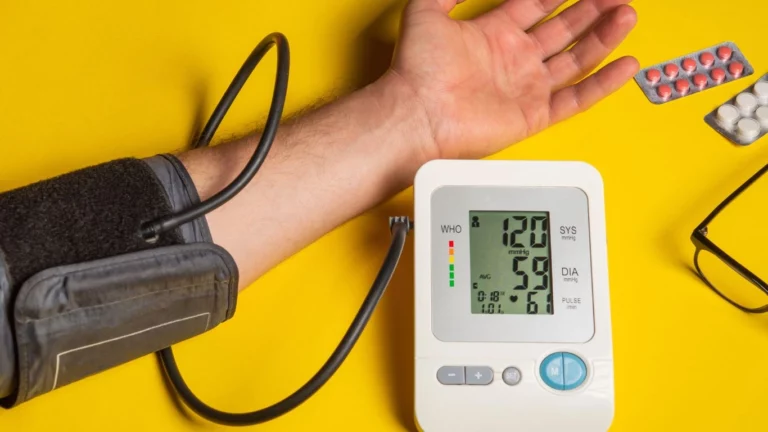Delicious Blood Pressure-Friendly Vegan Recipes to Lower Your Risk
If you’ve ever been told to watch your salt intake or rethink your diet because of high blood pressure, you know it’s easier said than done. As an Internal Medicine physician specializing in hypertension management, I’ve seen firsthand how food choices can either make or break your blood pressure goals. That’s why I’m excited to share insights on blood pressure-friendly vegan recipes—not just because they’re heart-healthy, but because they’re delicious, satisfying, and totally doable in your daily routine.
Switching to a vegan diet to manage hypertension might sound intimidating, but trust me, it’s all about smart choices rather than deprivation. Over the years, I’ve worked with patients who’ve seen impressive improvements simply by embracing plant-based meals packed with the right nutrients. The secret? Focusing on whole foods that nourish your body and help keep your blood pressure in check.
Why Choose Blood Pressure-Friendly Vegan Recipes?
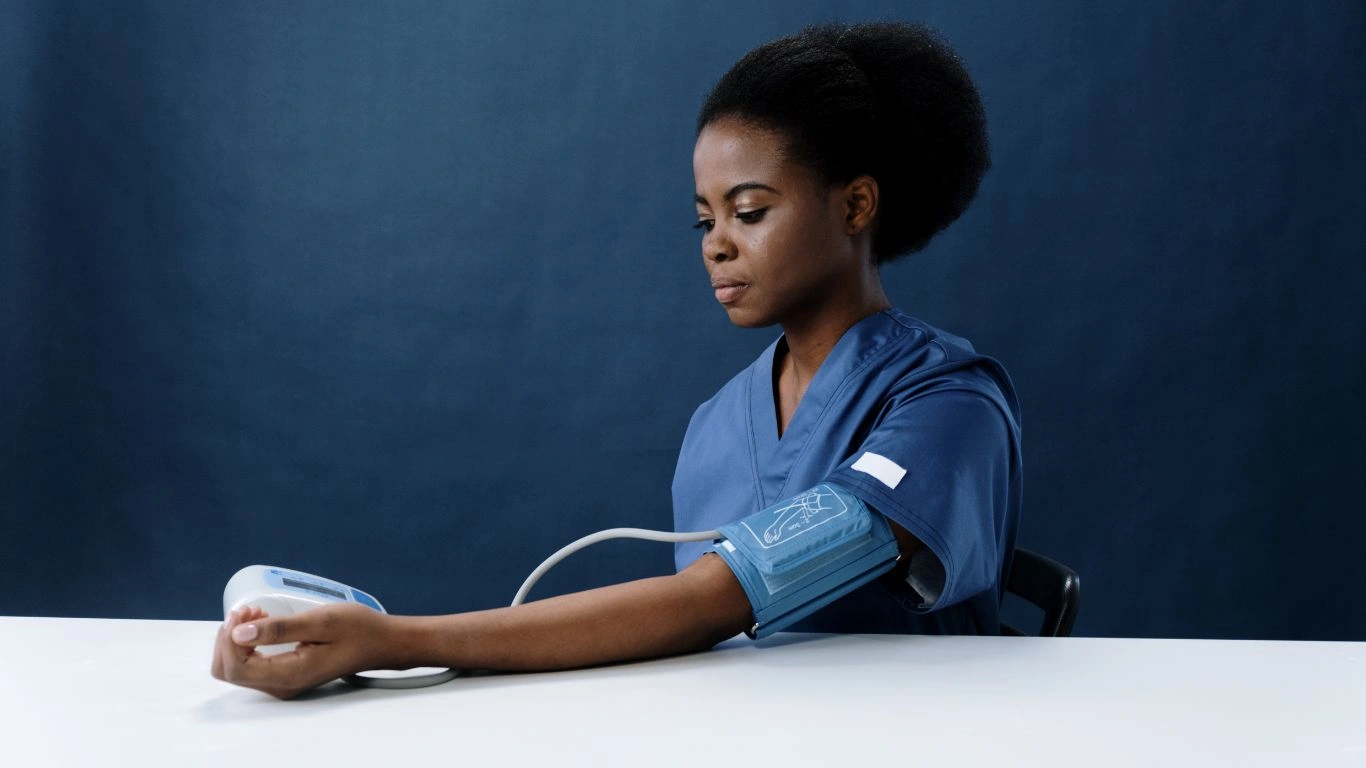
When managing hypertension, the foods you eat can significantly influence your numbers. Vegan diets, when done thoughtfully, are naturally rich in potassium, fiber, antioxidants, and low in saturated fats—all crucial for maintaining healthy blood pressure. But not all vegan dishes are created equal, especially if they lean heavily on processed meat substitutes or salty snacks.
From my experience, the best approach is to focus on meals that emphasize fresh vegetables, legumes, whole grains, and heart-healthy fats like those found in nuts and seeds. These foods don’t just support your blood pressure—they also help reduce inflammation and improve overall cardiovascular health.
Potassium: The Blood Pressure Game-Changer
Potassium is a mineral that plays a starring role in balancing out the negative effects of sodium. In clinical practice, I often recommend increasing potassium-rich foods because they help relax blood vessel walls and reduce tension in the arteries, which lowers blood pressure.
- Bananas, sweet potatoes, spinach, and avocados are some of the potassium powerhouses you’ll want to include regularly.
- Plant-based diets tend to be naturally higher in potassium compared to typical Western diets.
- But it’s important to balance potassium intake carefully, especially if you have kidney concerns—always talk to your doctor before making big changes.
Fiber and Its Role in Hypertension
Fiber is another key player I emphasize when coaching patients. It’s not just about digestion; fiber-rich foods help improve blood sugar control and reduce cholesterol, both of which contribute to healthier blood pressure. Plus, fiber keeps you feeling full and satisfied, making it easier to stick to a nutritious diet.
- Beans and lentils are excellent plant-based sources of fiber.
- Whole grains like quinoa, brown rice, and oats add bulk and beneficial nutrients.
- Don’t forget fruits like berries and pears—they bring fiber and antioxidants together.
Building Your Blood Pressure-Friendly Vegan Plate

Creating meals that support blood pressure control doesn’t have to be complicated. In my practice, I encourage patients to think of their plates in three parts:
- Vegetables and fruits: Aim to fill at least half your plate with a rainbow of produce to maximize nutrients and antioxidants.
- Whole grains: These provide energy and fiber that help regulate blood pressure and support gut health.
- Plant-based proteins: Beans, lentils, tofu, and nuts keep you full and support muscle and tissue health.
Also, seasoning your food with herbs, spices, and a splash of citrus can enhance flavor without adding sodium. Over time, your taste buds adjust, and you’ll find you don’t miss the salt.
Simple Swaps for a Blood Pressure-Friendly Vegan Kitchen

One of the things my patients often ask is how to actually begin making blood pressure-friendly vegan recipes at home. And honestly, it starts with what’s in your pantry and fridge. You don’t need to toss everything out overnight—just begin making smarter swaps as you go. I’ve helped many people ease into this transition, and once you get the hang of it, it becomes second nature.
Let’s talk about some of my go-to swaps:
- Use herbs and spices instead of salt. I keep garlic powder, turmeric, smoked paprika, cumin, and dried oregano within arm’s reach. These not only add flavor but also come with anti-inflammatory benefits.
- Switch to low- or no-sodium canned beans if you’re short on time. Just rinse them thoroughly under water to remove excess sodium.
- Opt for whole grains like farro, bulgur, or barley instead of refined pasta or white rice. These grains help stabilize blood sugar and keep blood pressure steady.
- Try avocado or tahini as creamy bases for dressings and spreads instead of mayo or heavy oils.
And let’s not forget about those sneaky high-sodium sauces—soy sauce, for example. I always recommend going for low-sodium tamari or coconut aminos. A small tweak like that can make a big difference when you’re watching your numbers.
Meal Prep Tips for the Busy and the Burnt Out

Meal prepping might sound like something reserved for fitness influencers, but I promise it’s a lifesaver, especially when you’re managing your health. In my own routine—and for my patients with busy work weeks—I’ve found that prepping just a few components ahead of time can totally change the game.
Here’s how I approach it in a manageable way:
- Pick 2-3 grains like quinoa, brown rice, or buckwheat and cook them in batches.
- Roast a big tray of seasonal veggies—sweet potatoes, Brussels sprouts, bell peppers, whatever’s fresh.
- Make a few versatile sauces—think hummus, cashew cream, or a lemon-tahini dressing.
- Prep proteins like lentil patties, chickpea salad, or marinated tofu that can be used in wraps, bowls, or on their own.
Mix and match throughout the week to create variety without feeling like you’re eating leftovers every day. Trust me, it saves time, reduces food waste, and keeps you from reaching for that sodium-loaded takeout menu when you’re tired.
Flavor Without Pressure: Sauces and Dressings That Love Your Heart
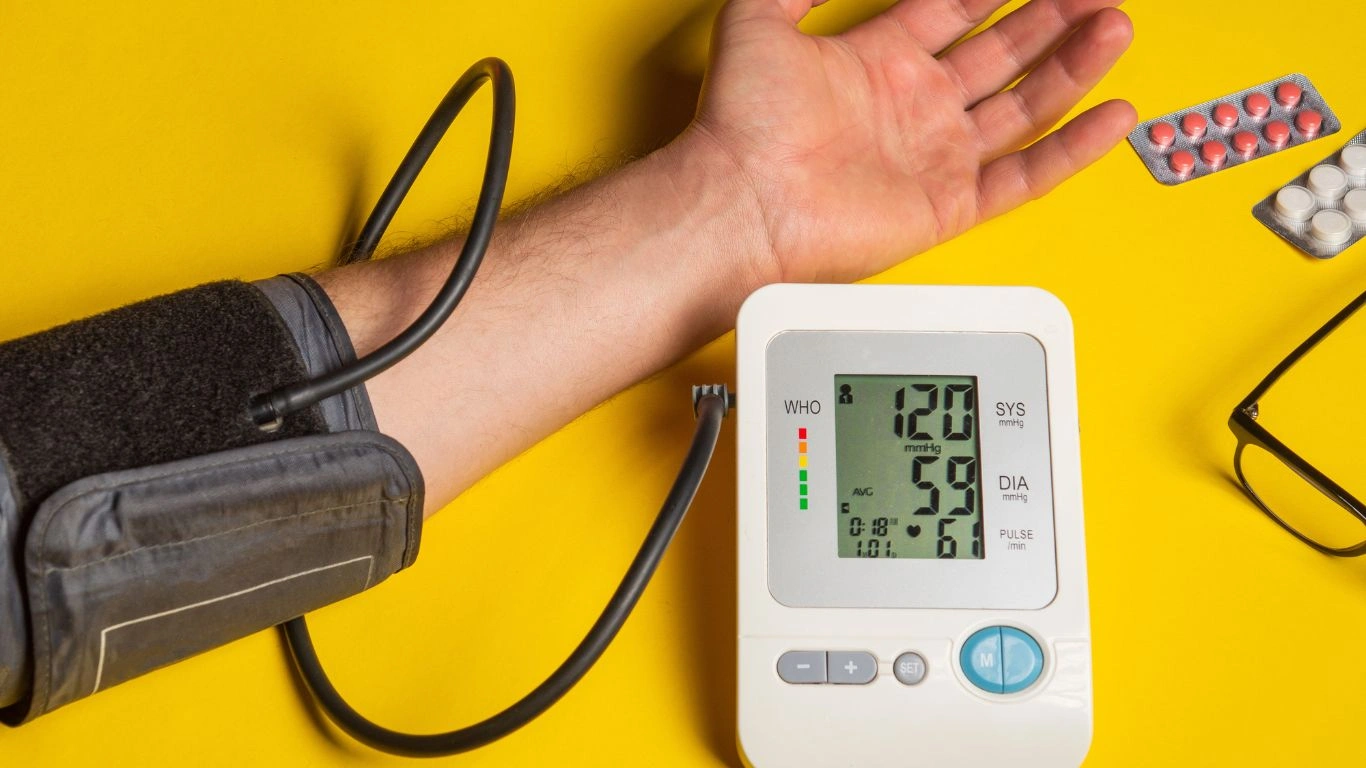
If there’s one myth I love to bust, it’s that healthy vegan food has to be bland. Nope, not even close. In fact, some of the tastiest things I’ve eaten were entirely plant-based and made with whole-food ingredients. It all comes down to the sauces and dressings. These can take a simple bowl of grains and greens from meh to wow.
Here are a few of my personal favorites that I share with patients (and use at home):
- Lemon Tahini Dressing: A mix of tahini, lemon juice, garlic, and a splash of water. Add a little maple syrup if you want to balance the tang.
- Spicy Cashew Sauce: Soak cashews and blend with garlic, ginger, lime, and a bit of low-sodium tamari. Perfect on stir-fries or noodles.
- Herby Avocado Cream: Blend avocado with fresh cilantro, lime, and a little water or unsweetened almond milk. It’s magic on tacos and grain bowls.
These sauces not only elevate flavor but also provide healthy fats, which are essential for nutrient absorption and satiety—especially when you’re following a plant-based lifestyle.
Listening to Your Body and Working With Your Numbers
One thing I always remind my patients is this: nutrition isn’t one-size-fits-all. Yes, blood pressure-friendly vegan recipes offer an excellent foundation for managing hypertension, but you’ve got to listen to your own body and monitor your response. Some people might thrive with more legumes; others might need to adjust fiber intake gradually to avoid digestive discomfort.
In my clinic, we use regular blood pressure monitoring, check-ins, and sometimes even food journals to help tailor dietary changes. I encourage you to check your BP at home (with a reliable cuff, not an app!) and track how certain meals affect your readings. It’s empowering, and honestly, pretty fascinating once you start noticing patterns.
Whether you’re newly diagnosed or have been dealing with high blood pressure for years, embracing a plant-based way of eating can bring meaningful change. And hey, you don’t have to be perfect—progress is the goal. Little by little, these recipes and habits can become second nature.
Real-Life Success: When Blood Pressure Drops with Plants
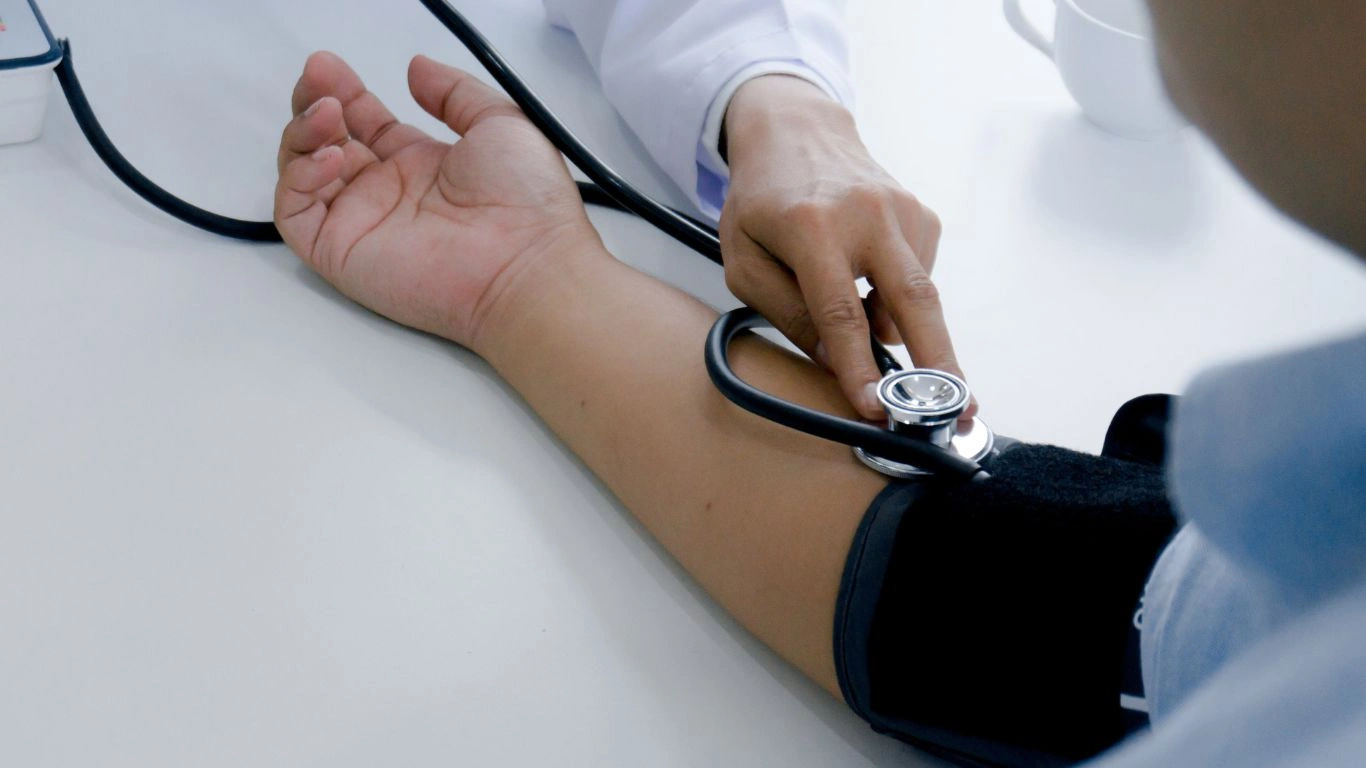
Over the years, I’ve had the privilege of witnessing some truly inspiring transformations. One patient in particular, let’s call her Lisa, came to me frustrated and skeptical. Her blood pressure was creeping toward 160/100 despite being on two medications, and she felt like she was running out of options. She wasn’t thrilled about the idea of changing her diet but agreed to give plant-based eating a try—with the goal of incorporating more blood pressure-friendly vegan recipes rather than going fully vegan overnight.
Fast forward three months—Lisa had started batch-cooking lentil soups, swapped her daily deli sandwich for veggie wraps with hummus, and even got hooked on roasted Brussels sprouts (a former “never” for her). Not only did her blood pressure drop to 125/80, but she also had more energy and fewer headaches. We were even able to reduce one of her medications, which she was thrilled about. And no, she didn’t follow the plan perfectly—she just stayed consistent enough to see results.
That’s the magic of nutritional lifestyle change. It’s not about perfection. It’s about finding what works for *you*, and building meals that support your health while still being enjoyable.
Blood Pressure-Friendly Vegan Recipes Worth Trying

If you’re wondering where to start, here are some crowd-pleasing, heart-supportive recipes my patients and I swear by. They’re packed with the nutrients we’ve talked about—fiber, potassium, healthy fats—and they taste great too. Bonus: they’re all beginner-friendly.
1. Chickpea Spinach Curry
A creamy, comforting dish made with coconut milk, turmeric, garlic, and fresh spinach. Pair it with brown rice or millet. Rich in magnesium and potassium, this one is a weekly staple for me.
2. Sweet Potato Black Bean Tacos
Roast sweet potato cubes with cumin and paprika, then toss them into corn tortillas with black beans, shredded cabbage, and a drizzle of lime-avocado crema. A fiesta that your arteries will thank you for.
3. Mediterranean Lentil Salad
Earthy lentils combined with chopped cucumber, tomatoes, red onion, fresh parsley, and a zesty olive oil-lemon dressing. It keeps well in the fridge and is ideal for lunches or meal prep.
4. Oatmeal with Berries and Flax
A powerhouse breakfast that’s as simple as it gets. Top rolled oats with blueberries, ground flaxseeds, and a sprinkle of cinnamon. Keeps you full and helps regulate cholesterol and blood pressure.
5. Roasted Veggie Buddha Bowl
Use quinoa as your base, layer in roasted cauliflower, kale, chickpeas, and beets. Finish it with tahini dressing and a sprinkle of hemp seeds. It’s colorful, satisfying, and nutrient-dense.
Stay Consistent, Stay Curious
One piece of advice I always give—don’t let one off-day derail your momentum. Life happens. You might grab a salty snack at a social event or miss a prep day, and that’s okay. What matters most is what you do the next day. Building blood pressure-friendly habits is a long game. Be kind to yourself in the process.
And stay curious! Explore new ingredients. Visit local farmer’s markets. Try swapping lentils for your usual protein or experimenting with whole grains like teff or freekeh. The more variety you bring into your kitchen, the more likely you are to stick with it.
References
- American Gastroenterological Association
- American Heart Association
- National Heart, Lung, and Blood Institute
- National Center for Biotechnology Information
Disclaimer
This article is for educational purposes only and is not a substitute for personalized medical advice. As an Internal Medicine physician, I always recommend that individuals consult with their healthcare provider before making any significant dietary changes, especially those managing chronic health conditions or taking prescription medications.

Dr. Gwenna Aazee is a board-certified Internal Medicine Physician with a special focus on hypertension management, chronic disease prevention, and patient education. With years of experience in both clinical practice and medical writing, she’s passionate about turning evidence-based medicine into accessible, actionable advice. Through her work at Healthusias.com, Dr. Aazee empowers readers to take charge of their health with confidence and clarity. Off the clock, she enjoys deep dives into nutrition research, long walks with her rescue pup, and simplifying medical jargon one article at a time.
